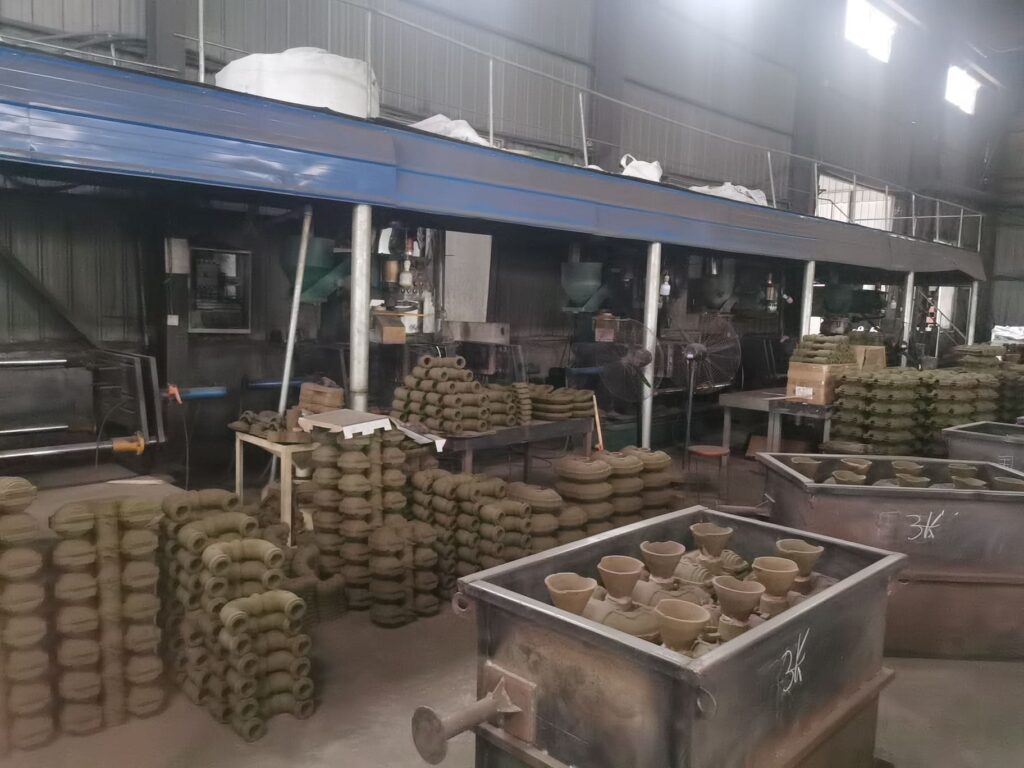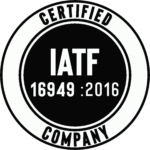
In the realm of industrial craftsmanship, the art of producing high-quality iron castings stands as a testament to the fusion of tradition and innovation. Cast iron foundries have been crafting durable and versatile components for centuries, serving as the backbone of numerous industries. This article delves into the intricate process of creating top-tier iron castings, shedding light on the key factors that contribute to their exceptional quality.
1. Premium Raw Materials
The foundation of exceptional iron castings lies in the selection of top-grade raw materials. Carefully chosen pig iron, scrapped steel along with alloying elements and additives, forms the basis of the casting’s strength, durability, and performance characteristics. Conducting thorough material testing and analysis ensures that the chosen composition aligns with the desired product specifications.
2. Meticulous Pattern Making
Creating precise and intricate patterns is a crucial step in producing high-quality iron castings. These patterns, often made from wood, metal, or plastic, act as templates for the final product. It always depends on the process, volume and casting tolerance to decide the material of patterns. Casting process such as green sand, shell process, lost foam, resin sand and so on. Skilled pattern makers ensure that every detail is meticulously incorporated, resulting in castings that faithfully replicate the intended design.
3. Precision Molding Techniques
The art of molding transforms raw materials into the desired shape and form. Utilizing advanced molding techniques, such as green sand, resin, or shell molding, ensures that the mold is created with precision and accuracy. A well-crafted mold guarantees that the molten iron will solidify into a flawless casting that meets tight tolerances.
4. Controlled Melting and Pouring
The controlled melting process is akin to a symphony, where temperatures, composition, and impurity levels must harmonize to produce the perfect molten iron. Advanced electric arc or induction furnaces are utilized, providing the controlled environment necessary for achieving the desired temperature while maintaining chemical consistency. Iron alloys, scrap metal, and other additives are carefully introduced into the furnace, where they undergo transformation into a molten state.
Modern iron casting foundries rely on advanced tools such as the spectrometer to maintain precise control over the chemical composition of the molten iron. This sophisticated device analyzes the composition of the molten metal by measuring the wavelengths of light emitted when the metal is exposed to a high-energy spark. This information is then compared against pre-set standards, ensuring that the alloy composition meets exact specifications. The spectrometer not only enhances accuracy but also accelerates the process by providing real-time data, expediting decision-making and minimizing errors.
5. Expertise in Pouring and Solidification
The pouring of molten iron into the mold requires finesse and expertise. Careful attention to pouring speed, angle, and distribution ensures that the iron fills the mold smoothly and uniformly. This, in turn, contributes to uniform cooling and solidification, minimizing the risk of defects.
6. Rigorous Quality Control
A cornerstone of producing premium iron castings is a comprehensive quality control process. Utilizing cutting-edge technology, such as X-ray scanning, ultrasonic testing, and visual inspections, helps identify any imperfections, inclusions, or defects. Thorough quality control guarantees that only flawless castings make their way to the final stage.
7. Precision Machining and Finishing
High-quality iron castings often require precise machining and finishing processes to achieve the desired dimensions, surface finish, and overall appearance. Skilled machinists use advanced equipment to ensure that each casting meets the exact specifications outlined by the client.
Conclusion
Producing high-quality iron castings is an intricate dance between traditional craftsmanship and modern technology. Every step of the process, from material selection to final finishing, contributes to the exceptional quality that cast iron foundries are known for. By mastering the delicate balance between artistry and precision, these foundries continue to provide industries with components that are not only functional but also represent the pinnacle of iron casting excellence.



